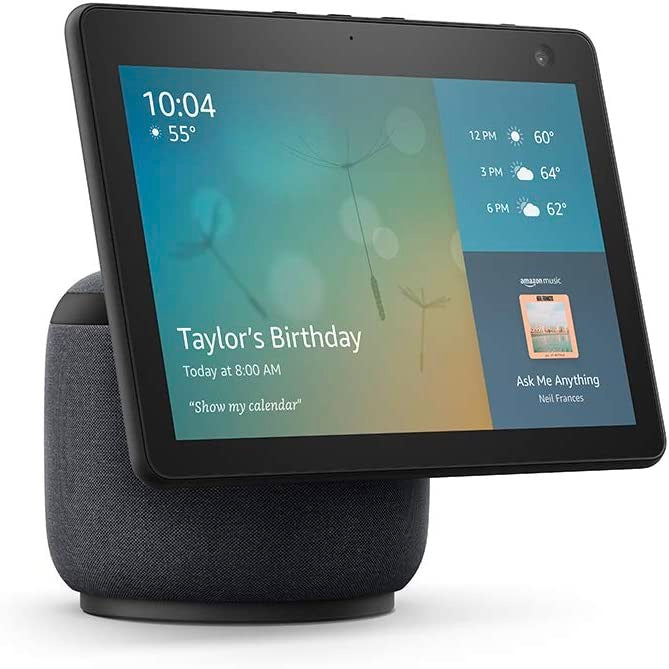Getting a Custom Ramp
Getting a Custom Ramp
Adding a custom ramp can be the difference between living at home and needing to move. But finding a quality person to build that can be hard!
Find a vetted contractor with experience specifically in accessibility and home modifications in your area by completing the popup or clicking here!
*We care greatly about your privacy*
This information will only go to VGM Live at Home and just one person will contact you back to get you connected with the right contractor for your needs. You will not get a bunch of calls from a ton of different service providers.
Why we know this works
Why we know this works
Finding a good contractor can be really hard. And finding one that has some experience with specialized accommodations due to health is even more tricky. We personally struggled with keeping a good running list in our heads for people we trusted to refer to our patients and that's just for the cities we live in!
So we are so excited to be able to have this great resource available because every service provider in the VGM Live at Home network is a Master Certified Environmental Access Consultant and can do everything from building a custom ramp to replacing a tub with a shower, add a stair lift or even put in an elevator!
Specifications
Specifications
Get connected here: https://www.asksamie.com/pages/vgm-referral-page
Important to note:
ADA recommends for every 1 inch of rise the ramp should be 1 foot long. So a 14 inch rise from the ground to the doorway would need a 14 foot long ramp. ADA guidelines are not a requirement in private homes so here is a helpful guide to decide how long a ramp to get.
1ft:1 in Ramp length ratio for anyone going up the ramp independently, walking or in a manual wheelchair
1ft:1.5in Ramp length ratio for anyone going up the ramp with some help in a walker, manual or power wheelchair
1ft:2in Ramp length ratio not recommended. Choose this length ONLY if necessary and a very capable helper will be pushing the wheelchair every time.
Share
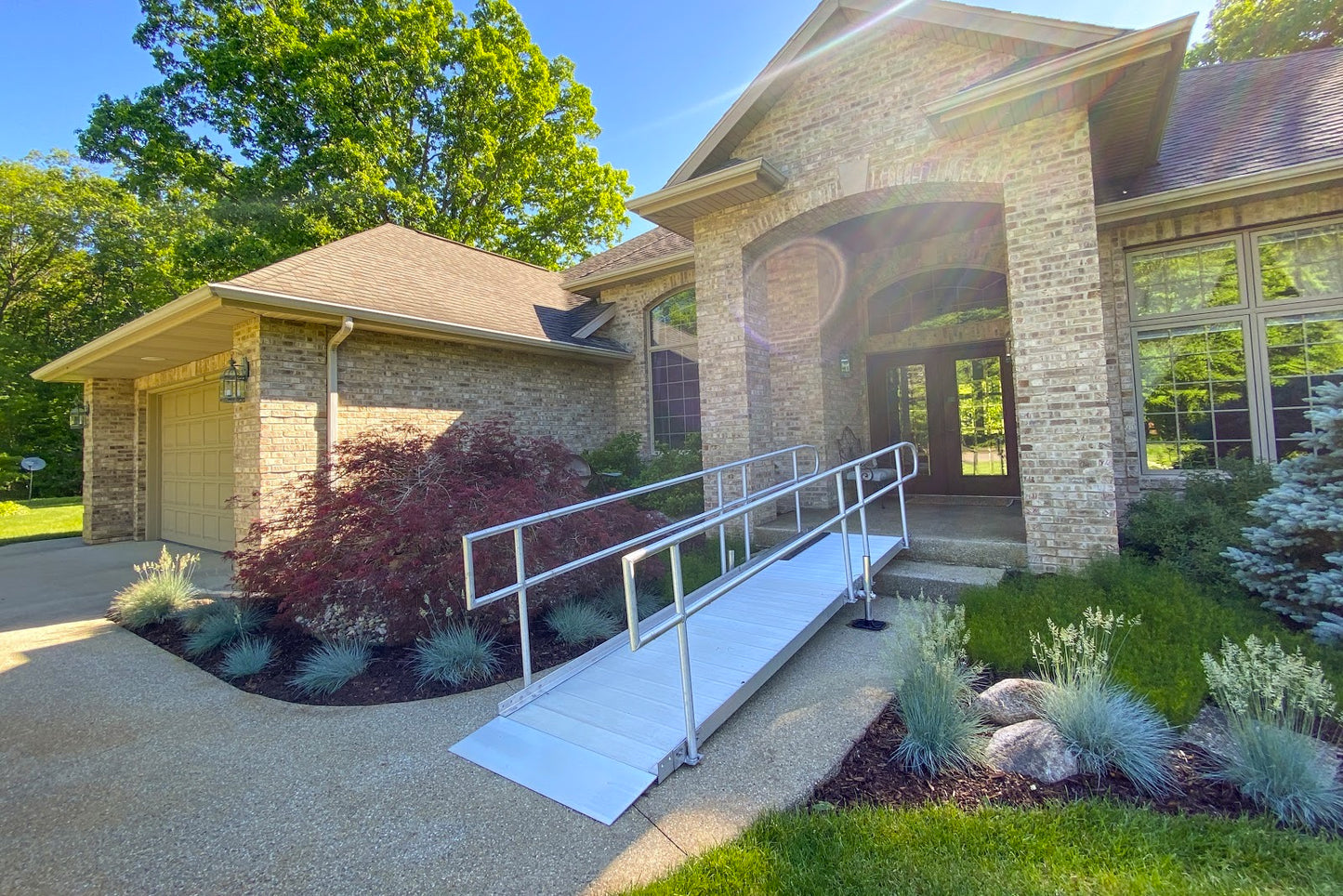
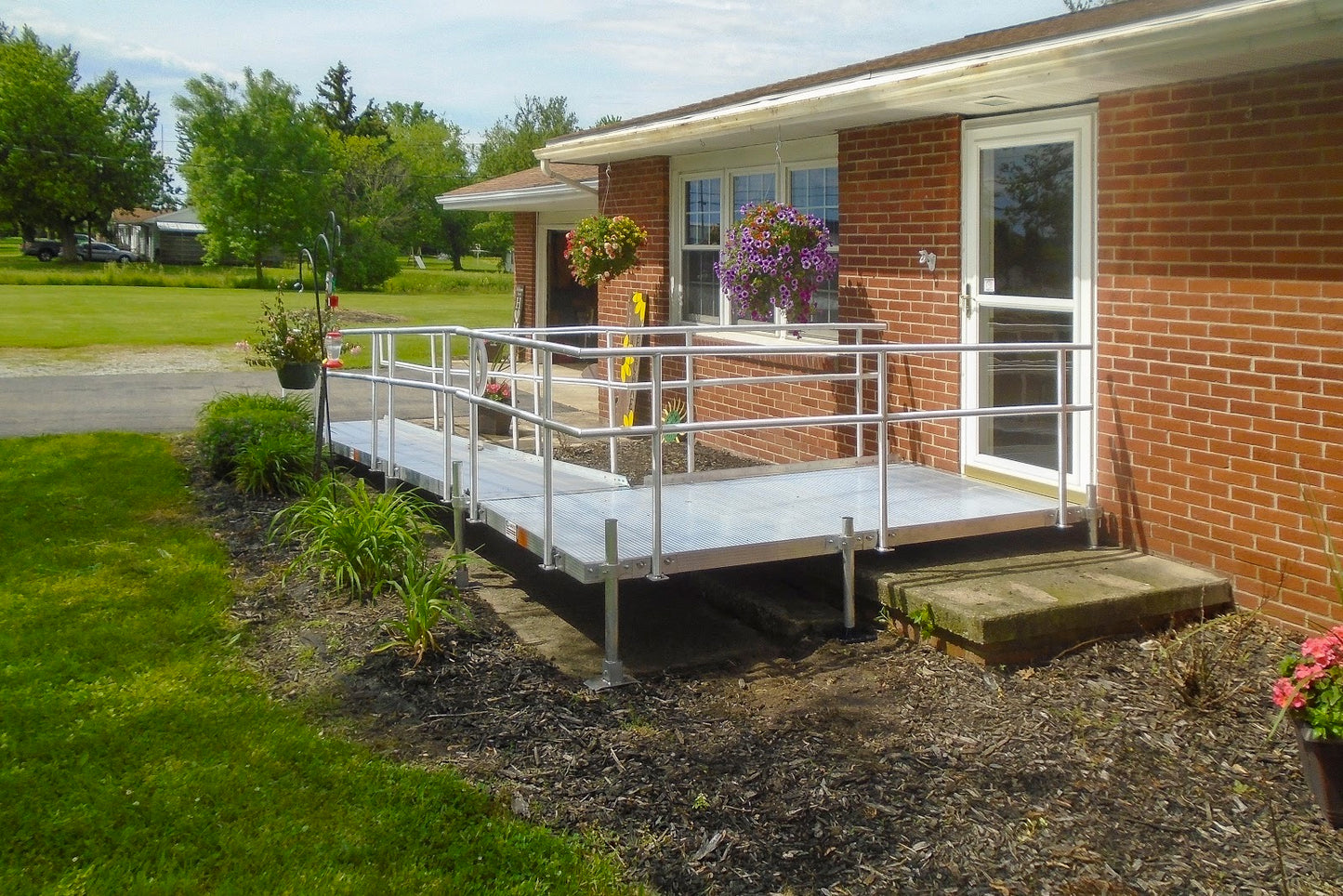
Solve the whole puzzle! Get more education, resources & services
-
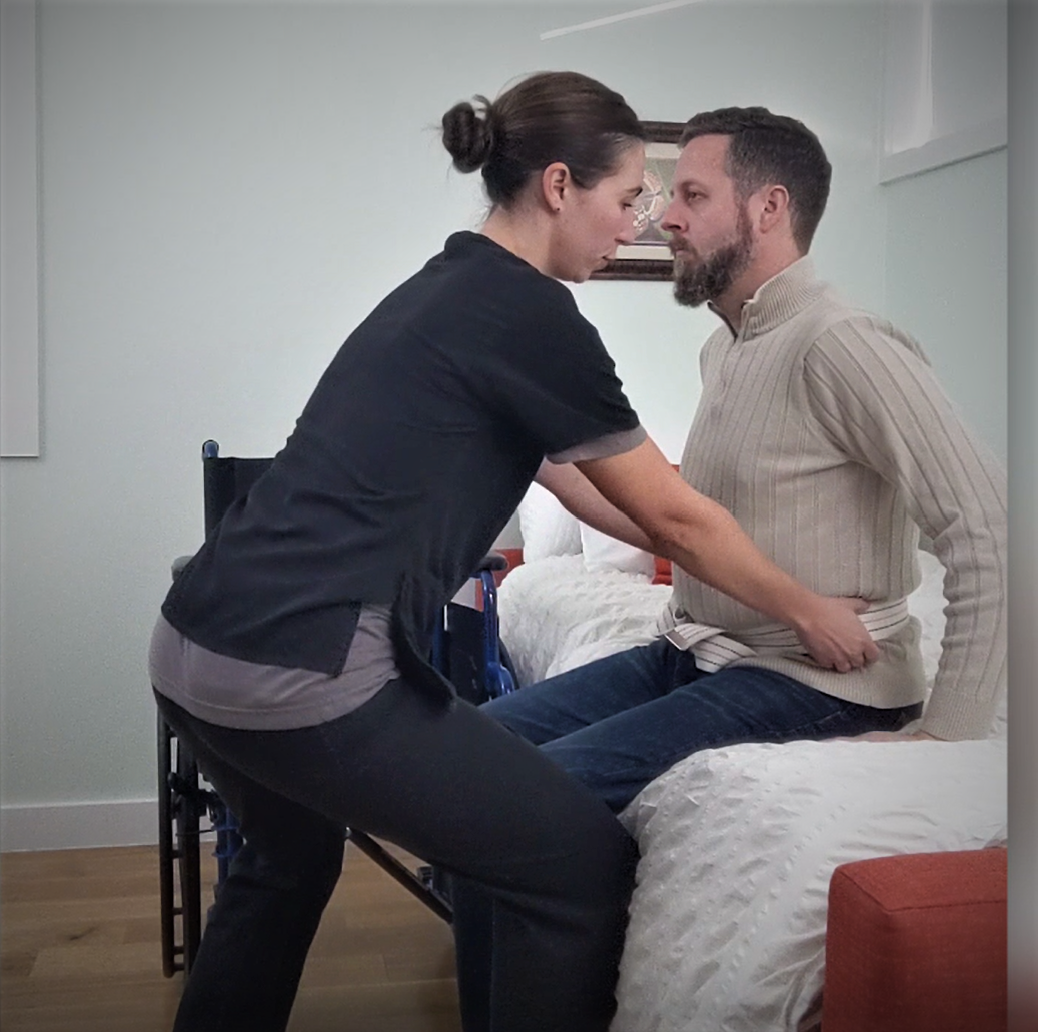
Caregiver Training Courses
Go to website for the full training library We've partnered with Higher...
Dive Deeper: A knowledge base of solutions for real caregiving questions
View all-
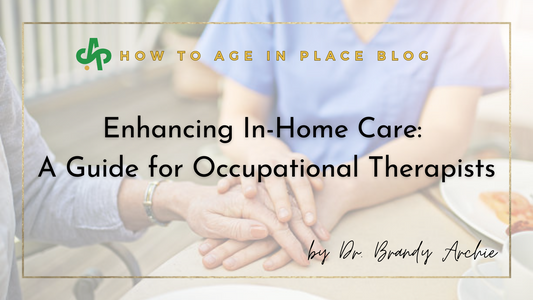
Enhancing In-Home Care: A Guide for Occupationa...
Personalized care planning is essential, involving comprehensive assessments and collaboration with seniors and caregivers to address specific needs and routines. Home safety modifications, such as installing grab bars, improving lighting,...
Enhancing In-Home Care: A Guide for Occupationa...
Personalized care planning is essential, involving comprehensive assessments and collaboration with seniors and caregivers to address specific needs and routines. Home safety modifications, such as installing grab bars, improving lighting,...
-
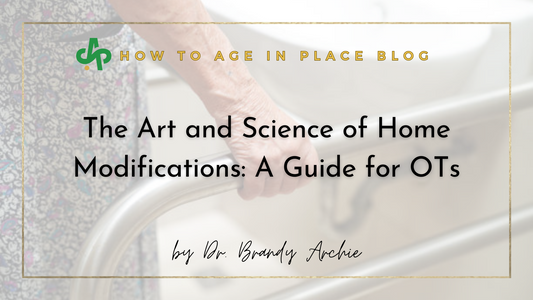
The Art and Science of Home Modifications: A Gu...
Home modifications should address not just mobility but also lighting, flooring, and emergency access to support a client's overall independence and safety. Bathroom modifications, such as strategic showerhead placement and...
The Art and Science of Home Modifications: A Gu...
Home modifications should address not just mobility but also lighting, flooring, and emergency access to support a client's overall independence and safety. Bathroom modifications, such as strategic showerhead placement and...
-
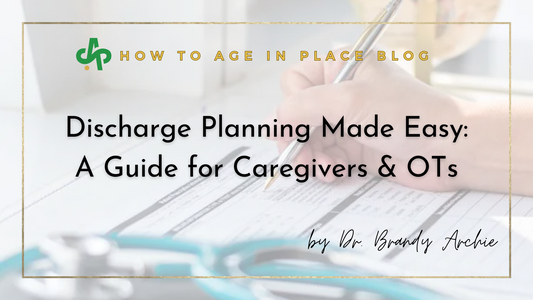
Discharge Planning Made Easy: A Guide for Careg...
Smooth discharge transitions are crucial and can be achieved with a clear understanding of the care plan, including medications, follow-up appointments, and signs to watch for. Home safety modifications, such...
Discharge Planning Made Easy: A Guide for Careg...
Smooth discharge transitions are crucial and can be achieved with a clear understanding of the care plan, including medications, follow-up appointments, and signs to watch for. Home safety modifications, such...





